That in itself is both historic and significant. For both political parties the process of choosing a candidate signals the end of a protracted period of maximum leaders, Dr. Cheddi Jagan in the case of the PPP and Forbes Burnham, in the case of the PNC. Both men, founders of the respective political parties were unquestioned choices for the presidency. No one, on either side, has inherited their authority.
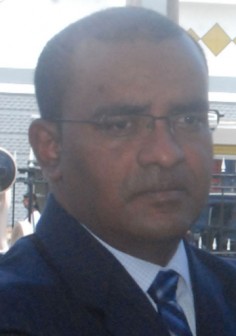
If some analysts see the change as marking a more democratic approach to choosing presidential candidates that may not necessarily be the case. Both parties have come under a measure of criticism – the PPP/C much more than the PNCR – for pursuing measures and manoeuvrings aimed at ensuring that the favoured candidate rather than necessarily the best candidate emerges.
Up until now the PNCR’s search for someone to lead the party into the general elections has been ponderous and painstaking. It has to be said, however, that up until now the contenders have campaigned with a generous measure of decorum. Months ago, the PNCR scaled what appeared likely to be its biggest hurdle in the run-up to the general elections with the announcement by Party Leader Robert Corbin that he would not be that candidate. In effect Corbin will be the first Leader of the PNCR not to ascend to the presidency of Guyana though he has held on to the Party leadership and, at least in theory, could exert some measure of influence on government should the PNCR unseat the incumbents.
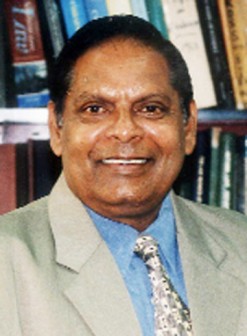
Probably the most significant occurrence in the PNCR’s search for a presidential candidate since the announcement by Corbin that he would not be running was the death in November last year of one of its most experienced and well-regarded leaders, Winston Murray. The attorney-at-law, economist and former Deputy Prime Minister who had actually challenged Corbin for the leadership of the party sought and may well have succeeded in becoming the first Indo-Guyanese to lead the PNCR.
If to some Murray’s ethnicity was an issue, the seeming extent of his support among some leading African Guyanese in the PNCR strongly suggests that the party may have been ready to bring an end to the popular perception that it is an African Guyanese political party which, of course, may well have provided it with an historic opportunity to break the mould of ‘race voting’ in Guyana.
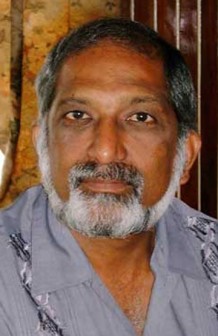
Whether this may have turned out to be the case or otherwise, the fact is that Murray’s campaign for the presidential candidature appeared to have won the backing of quite a few prominent African Guyanese PNCR figures and up to the time of his death every poll that had been taken had him leading the race for the party’s presidential candidature. In more ways than one his sudden passing has probably removed an important opportunity for a historic shift in the Guyanese political landscape.
Of the five remaining candidates two have ministerial experience in previous PNC administrations and another, a retired army officer, is well-regarded within the leadership of the party though his popularity with the wider PNCR constituency is still an unknown quantity. In truth, however, whoever is eventually chosen, the PNCR can be under no illusions about the mountain it will have to climb if it is to form the next government in Guyana.
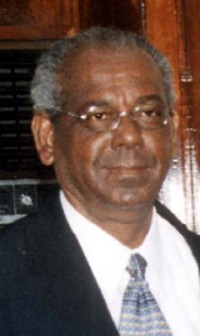
Lacking as it does an elected Party Leader the PPP’s path towards choosing a presidential candidate has been a much more rumbustuous affair. Up until now, analysts of the process may well have failed to take account of the fact that the intensity of the contest for the PPP/C’s presidential candidature may have much to do with the assumption on its part that it will be returned to office. In effect, the feeling is that whoever wins the candidature will, in all likelihood, go on to secure the presidency.
What the PPP/C has manifestly failed to do is to confine its internal battle for the presidential nomination to inside the Party. Much of the initial public speculation over who will lead the party into the next general elections surrounded whether or not it might have been constitutionally permissible for President Bharrat Jagdeo to have a third tilt at the presidency. If the Party and the President himself have done their best to persuade the public that that was never really on the cards, one is hard pressed to believe that the thought simply never crossed the president’s mind. He is, after all, at the peak of his presidential powers, and more than young enough for a man who has already held the presidency for a decade. Bharrat Jagdeo, one is inclined to think, might have felt inclined to run again.
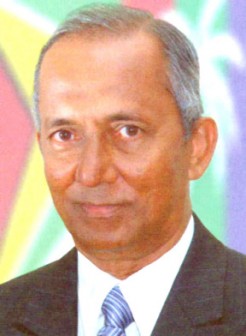
If the PPP/C has now cleared that particular hurdle, however, the incumbent president has demonstrated that he remains a factor in the electorial equation. Perhaps indelicately, he has commented openly on the procedures for the selection of the candidate whom he believes is likely to be his successor. In so doing he has attracted accusations from inside the Party that one of its presidential hopefuls, possibly Party General Secretary Donald Ramotar, has already been anointed by Jagdeo and that his candidature is enjoying the support of the state machinery.
In suggesting that the presidential candidate be selected by show of hand Jagdeo stated that he was wary of the possibility that the secret ballot process might give rise to vote-buying and it was this remark that led to his most recent ugly public row with his former Science Advisor and senior Party functionary, Navin Chandrapaul. What makes the confrontation interesting, even worrying for the PPP is that it provides yet another manifestation of the president’s unpopularity with some of his colleagues. It will be recalled, for example, that Jagdeo has previously clashed publicly with one-time Information Minister Moses Nagamootoo, a well-regarded party leader and with Khemraj Ramjattan who subsequently left the PPP.
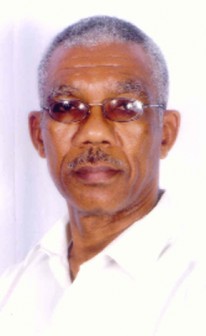
How all of this will be seen by the PPP/C’s constituency is difficult to tell at this time. Some may simply view the current tremors as an internal party tiff that has little to do with its eligibility to govern. Others may choose to treat it as a kind of ‘eye-opener,’ an indication that the party’s credentials to lead the country ought to be brought under closer scrutiny.
Ramotar apart, the PPP/C’s presidential hopefuls include Speaker of the National Assembly Ralph Ramkarran, former Information Minister Moses Nagamootoo, Home Affairs Minister Clement Rohee and former Minister of Health and serving presidential adviser Gail Teixeira. All are experienced party members though party insiders believe that Ramkarran and Nagamootoo may be among the leading contenders for the candidature.
Once their choices are made both political parties will almost certainly move directly into campaigning for general elections which will probably be held some time during the last quarter of 2011. They will be joined by the smaller political parties, notably the Alliance for Change which, some analysts say, is now a much reduced force compared with 2006 when it was touted as the party with the potential to break the ethnic voting pattern.
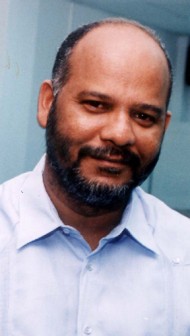
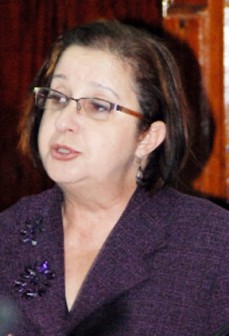
Then, the public face of the AFC was symbolised by Ramjattan and Raphael Trotman, both attorneys-at-law and former leading members of the PPP/C and the PNCR respectively. Since then, Ramjattan has been chosen as the AFC’s presidential candidate while Trotman’s political career appears to have been put on hold by an ill-explained illness.
There is as yet no election ‘fever’ in the air in Guyana though the political parties have already assumed aggressive postures at the start of a debate in the National Assembly over a 2011 budget which the government’s critics have dubbed an ‘elections budget’ but which the government says is reflective of a continued commitment to the development of the country. As elections draw closer many more issues will doubtless appear on the agenda for political debate.




